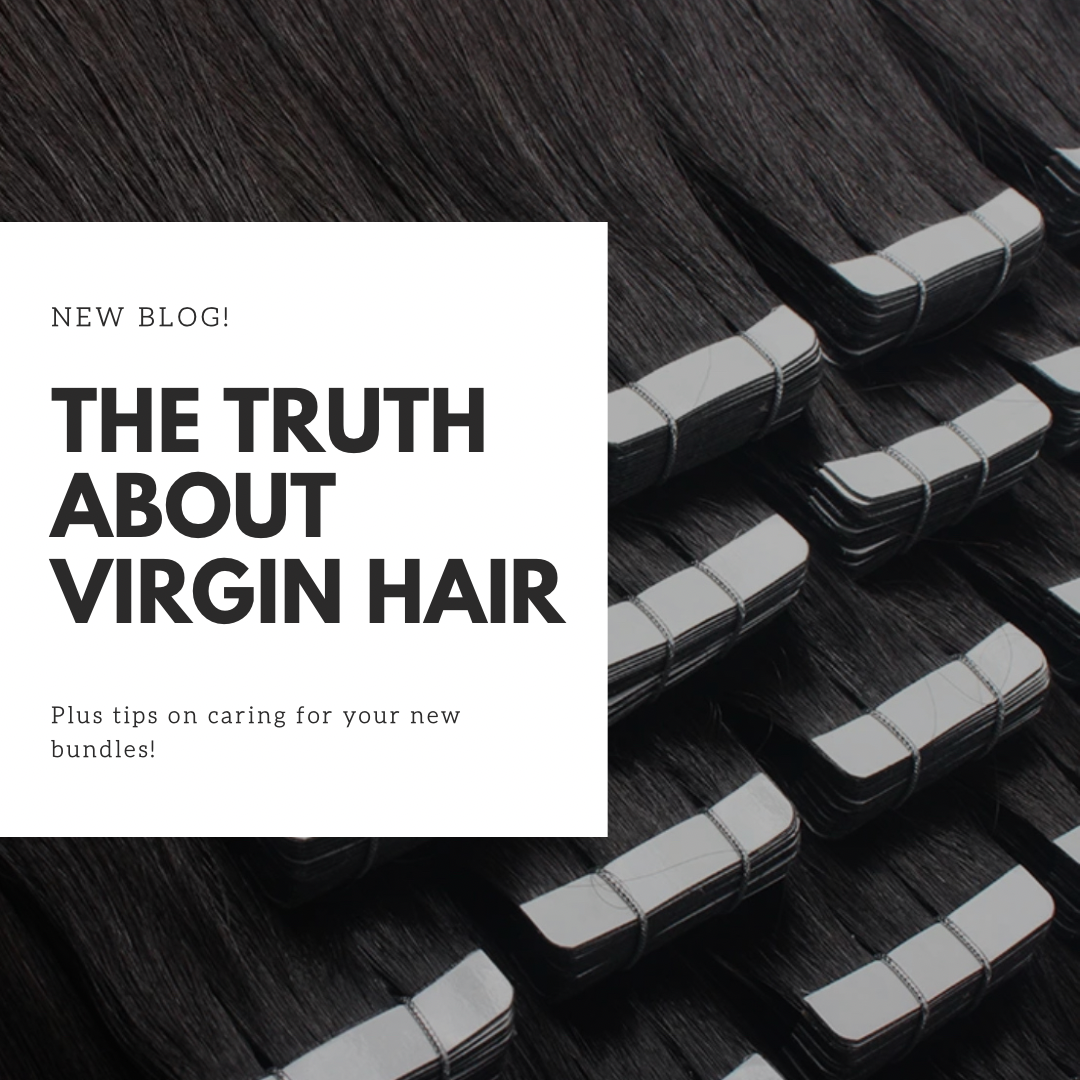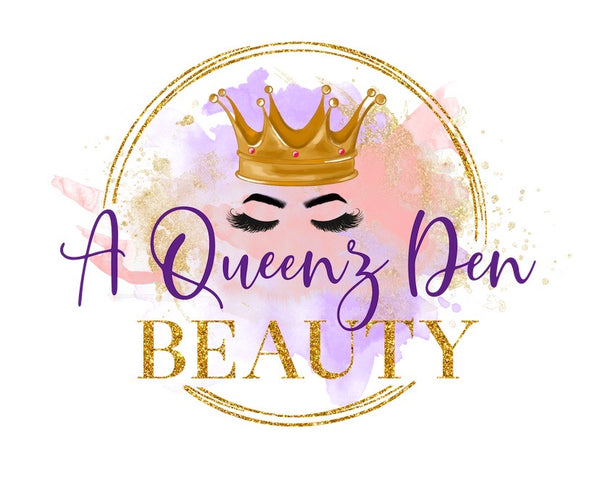
The Truth About Virgin Hair
Share
Have you ever been curious about virgin hair? Well, then you’ve come to the right place! From what it is and why it’s so popular, to the pros and cons of investing in virgin hair - this blog post will tell you all you need to know.
Virgin hair is on the rise, and for good reason - it’s beautiful, durable, and a great choice for those looking for a more natural look. Keep reading to learn more about the benefits of using virgin hair and why you should give it a try!
What is Virgin Hair?
As the name suggests, virgin hair is hair that has not been chemically treated, dyed, or permed in any way. It is entirely natural and unprocessed and is often considered the highest quality hair for hair extensions, wigs, and other hair products. Virgin hair extensions are typically sourced from donors who have not chemically treated their hair and have maintained a healthy hair care routine. They are generally more expensive than other types of hair due to its rarity and high demand. Many people choose virgin hair for its natural appearance and the ability to style it as desired.
How To Take Care of Your Virgin Hair
Styling virgin hair is easy and can be done in a variety of ways to suit your personal style and preferences. Here are some tips on how to style your virgin hair:
- Start with clean and moisturized hair: Make sure to wash and condition your hair regularly to keep it clean and healthy. Use a moisturizing hair product to keep your hair soft and shiny.
- Protect your hair from heat damage: If you plan to use heat-styling tools, use a heat protectant spray or oil to prevent damage to your hair.
- Use a wide-tooth comb or brush: Avoid using fine-tooth combs or brushes on virgin hair, as they can cause tangles and breakage. Instead, use a wide-tooth comb or brush to gently detangle your hair.
- Experiment with different hairstyles: There are many different ways to style virgin hair, including braids, ponytails, buns, and more. Experiment with different hairstyles to find the one that works best for you.
- Don't be afraid to try new products: There are many different hair products available that can help you style your virgin hair, including gels, mousses, and pomades. Experiment with different products to find the ones that work best for your hair type.
By following these tips, you can easily style, protect your virgin hair, and keep it looking healthy and beautiful.
What Is The Difference Between Virgin Hair and Raw Hair?
Raw hair and virgin hair are two terms that are often used interchangeably, but they refer to slightly different types of hair. On one hand, virgin hair is hair that has never been chemically treated, dyed, or permed in any way. It is completely natural and unprocessed and is often considered to be the highest quality hair for use in hair extensions, wigs, and other hair products. Raw hair, on the other hand, is hair that has not been chemically treated, although it may have been colored or permed in the past. It is typically sourced from donors who have not chemically treated their hair for a certain number of years, but it is not necessarily completely unprocessed. If you want to tell the difference between raw hair and virgin hair, you should look out for signs of chemical treatment, such as coloring or perming.
Conclusion
Virgin hair is typically sourced from donors who have not chemically treated their hair and have maintained a healthy hair care routine. It is more expensive than other types of hair due to its rarity and high demand, but many people choose it for its natural appearance and the ability to style it as desired. Overall, virgin hair is a popular choice for those looking for high-quality, natural-looking hair products. If you fit into that description, check out our store for the best virgin hair extensions.
